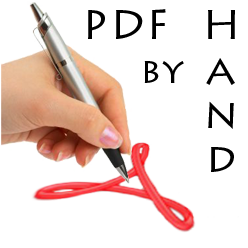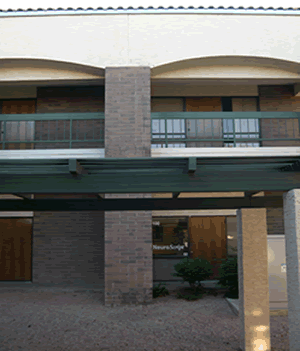 |
| Product Comparisons |
| |
MovAlyzeR® Suite |
MovAlyzeRx™ (included with MovAlyzeR suite) |
ScriptAlyzeR™ (included with MovAlyzeR) |
GripAlyzeR™ |
| Movement Recording |
Handwriting / Mouse |
Handwriting / Mouse |
Handwriting / Mouse |
Bimanual Grip Force |
| Creating or updating Experiments, Conditions |
|
|
|
|
| Norm Databases, Statistical Comparisons, Outlier detection |
|
|
|
|
| Patient centered: Select/enter patient, then Run test. Shows all tests, visits (next visit generated automatically), tasks, trials. features, and charts. |
|
|
|
|
| Configurable interface consisting of 7 dockable, resizable windows |
|
|
|
|
| User login protection |
|
|
|
|
| Free of hidden Right-Click Dropdown Menus |
|
|
|
|
| Import Experiments & Other System Recordings |
|
|
|
|
| Visual Stimuli & Interactive Animations & Stimulus Editor |
|
|
|
|
| Audio Stimuli |
|
|
|
|
| Sub-Movement Segmentation & Analysis |
|
|
|
|
| Handwriting Image Analysis |
|
|
|
|
| Data Backup & Protection |
|
|
|
|
| Client-Server Feature |
|
|
|
|
| Volume Discount (2nd license -50%, 3rd, 4th licenses free, 5th ff. licenses -87%) |
|
|
|
|
| PRICE |
US$799 |
US$149 |
US$399 |
US$399 |
What is the difference between MovAlyzeR® and ScriptAlzyeR™?
The major difference is that ScriptAlyzeR™ does not offer interactive visual stimuli nor substroke segmentation.
(1) Interactive Visual Stimuli and Targets
Many movement tasts require visual stimuli. All example experiments show visual stimuli (some interactive), but some sample experiments can be done without them.
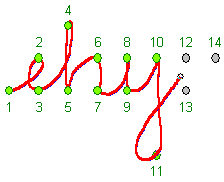 |
|
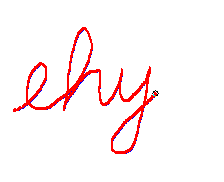 |
| MovAlyzeR® |
|
ScriptAlyzeR™ |
| Above, targets change color and make sounds when reached. |
|
ScriptAlyzeR™ only records handwriting movement without stimuli. |
(2) Substroke Movement Segmentation
Strokes between targets in a Fitts' task (video EX3) consist of an initial,
ballistic segment (i.e., primary submovement) and a subsequent adjustment to reach the target (i.e., secondary submovement). The tangential velocity
is used to segment a movement into strokes and submovements. Frequency and the relative duration and size of submovements reveal significant effects
while total stroke duration and size might show no significant effects.
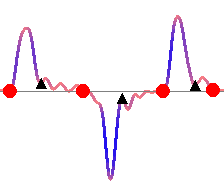 |
|
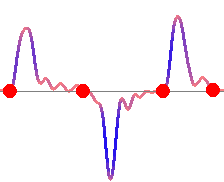 |
| MovAlyzeR® |
|
ScriptAlyzeR™ |
|
The red circles are the stroke segmentation points. The black triangles are the submovement segmentation points. Coloring from light red to dark
blue corresponds to the range from low to high absolute jerk (i.e., the change of acceleration).
|












